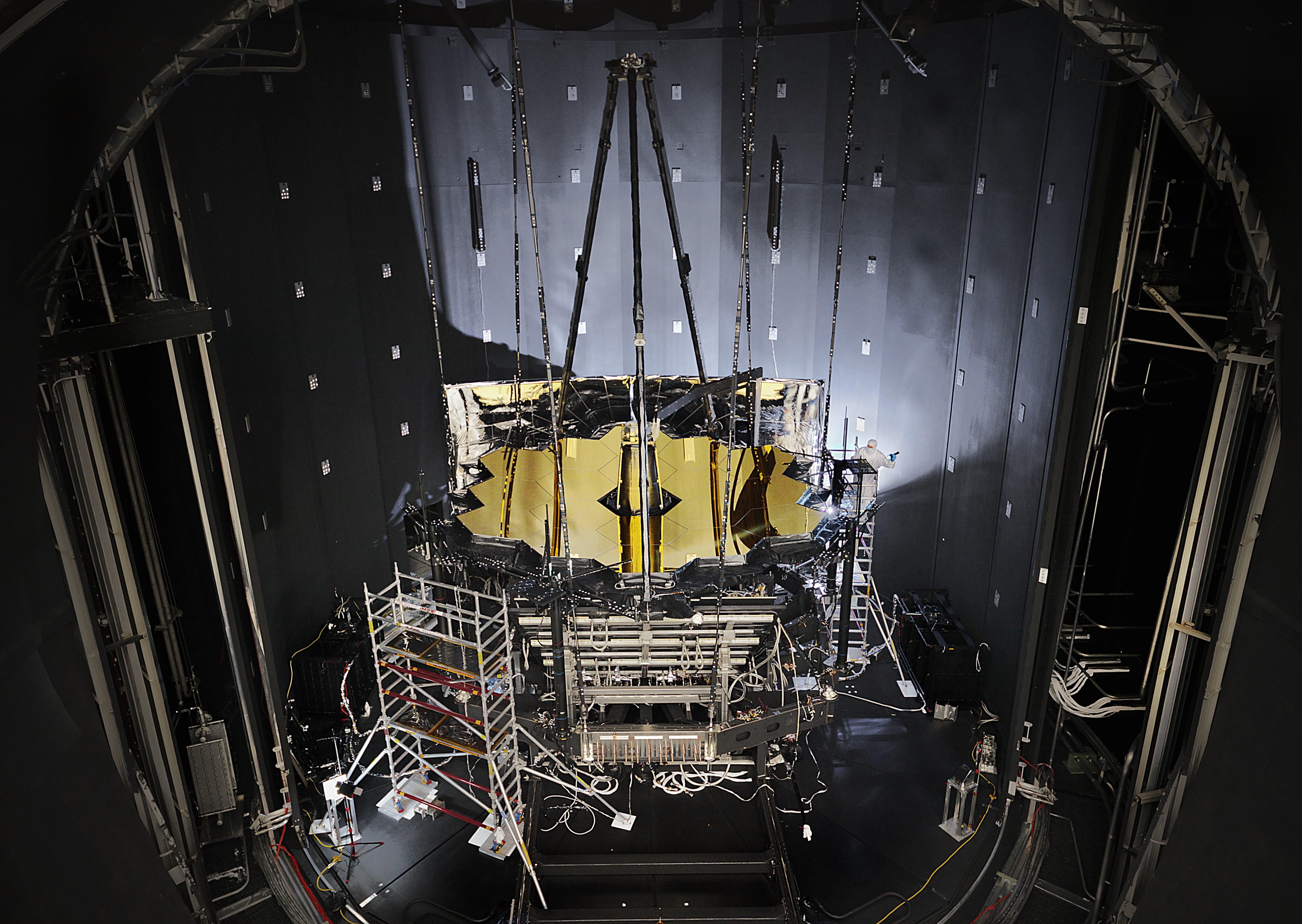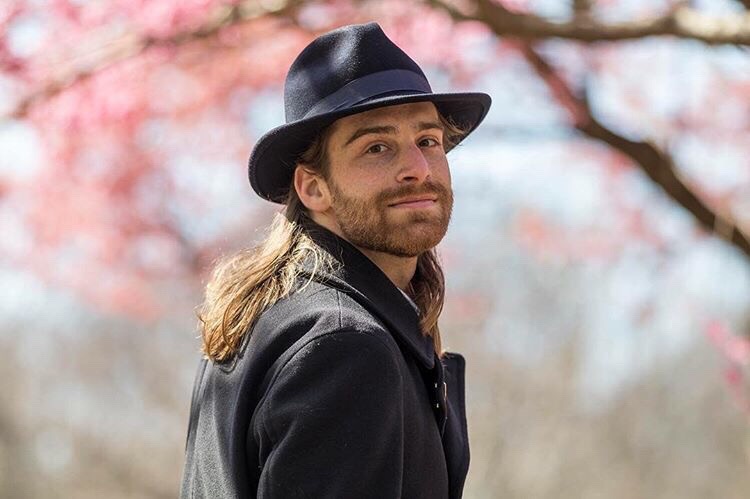James Webb Telescope Emerges From 90 Days Under Lock and Freeze

The James Webb Space Telescope has just emerged into the light after more than 90 days sealed in NASA's giant cryogenic vacuum chamber. The test is crucial to ensuring the next-generation telescope is space-ready before its launch, which is currently scheduled for mid-2019.
James Webb is often touted as Hubble's cosmic successor. The two telescopes have similar mission profiles and overlap in the wavelengths of light they detect. But Webb's main mirror is more than six times the size of Hubble's. It's so large, that engineers had to constructed it out of 18 individual segments, which will unfold and align once it reaches its destination.
The mirror alignment was one of the systems that NASA tested inside Chamber A, the cavernous cryogenic vacuum chamber at Johnson Space Center in Houston. The team placed Webb's optical telescope and integrated science instrument module (OTIS) through many tests in the chamber, according to a statement the agency released on Monday (Nov. 20). Engineers monitored the telescope during testing with thermal sensors and specialized cameras. [NASA Upgrades Historic Giant Vacuum Chamber for Space Telescope]

These vacuum tests require precision preparation. Material can vaporize in the low pressures inside the chamber and subsequently condense on the telescope's cold surfaces, damaging its components. Cleaning the chamber was no small task — check out the video above to see how NASA did it.
Once the chamber was spotless, the team could begin gradually cooling it over the course of a month. The chamber sits within two shrouds Russian-doll-style: The outer one contains liquid nitrogen and the inner one cold gaseous helium. The telescope's operating temperature is a frigid 40 Kelvin (about minus 387 Fahrenheit / minus 233 Celsius). In space, a giant sun shield will protect the telescope from heat and radiation, according to NASA.
The cryo-tests required the whole team. "This test team spanned nearly every engineering discipline we have on Webb," Lee Feinberg, Webb's optical telescope element manager, said in the NASA statement. Testing continued in the serenity of Chamber A even as Hurricane Harvey slammed Johnson Space Center and wrecked the greater Houston area.
"After 15 years of planning, chamber refurbishment, hundreds of hours of risk-reduction testing, the dedication of more than 100 individuals through more than 90 days of testing, and surviving Hurricane Harvey, the OTIS cryogenic test has been an outstanding success," Bill Ochs, project manager for the James Webb Space Telescope said in the statement.
Get the Space.com Newsletter
Breaking space news, the latest updates on rocket launches, skywatching events and more!
James Webb's optical telescope and science instruments will next travel to Northrop Grumman Aerospace Systems in Redondo Beach, Calif., where they will be combined with Webb's spacecraft element. The entire observatory will undergo more testing before it's finally launched in 2019.
Email Harrison Tasoff at htasoff@space.com or follow him @harrisontasoff. Follow us @Spacedotcom, Facebook and Google+. Original article on Space.com.
Join our Space Forums to keep talking space on the latest missions, night sky and more! And if you have a news tip, correction or comment, let us know at: community@space.com.

Harrison Tasoff is a science journalist originally from Los Angeles. He graduated from NYU’s Science, Health, and Environmental Reporting Program after earning his B.A. in mathematics at Swarthmore College. Harrison covers an array of subjects, but often finds himself drawn to physics, ecology, and earth science stories. In his spare time, he enjoys tidepooling, mineral collecting, and tending native plants.









